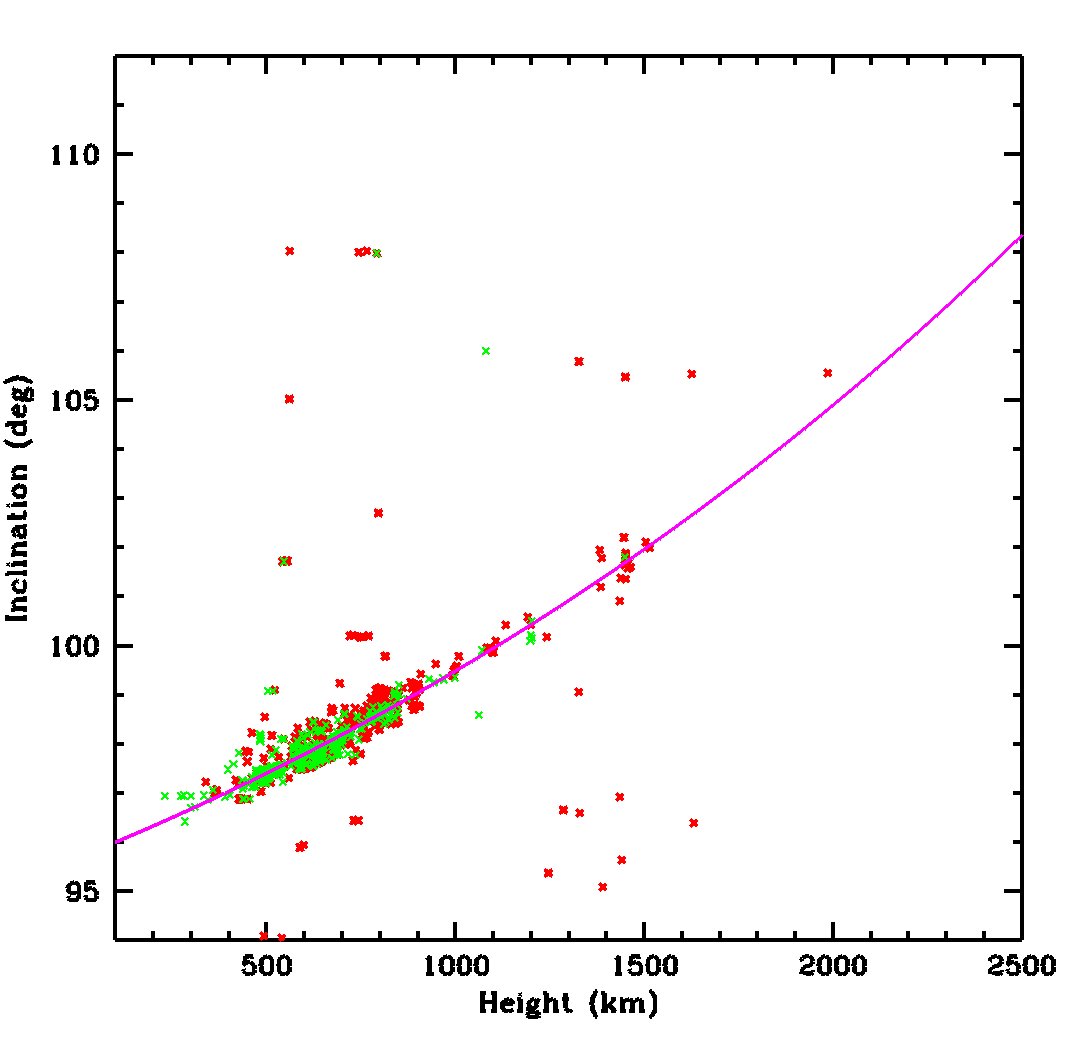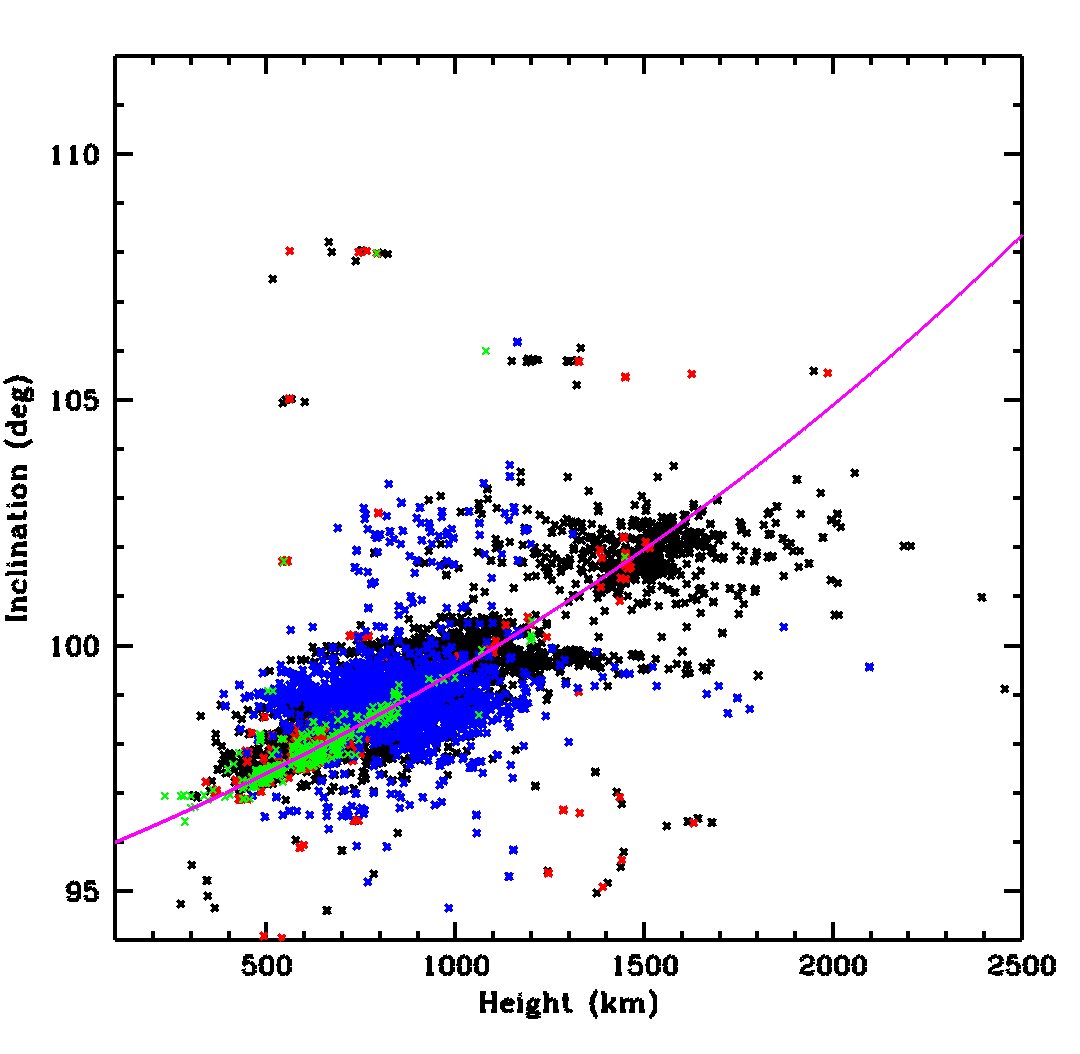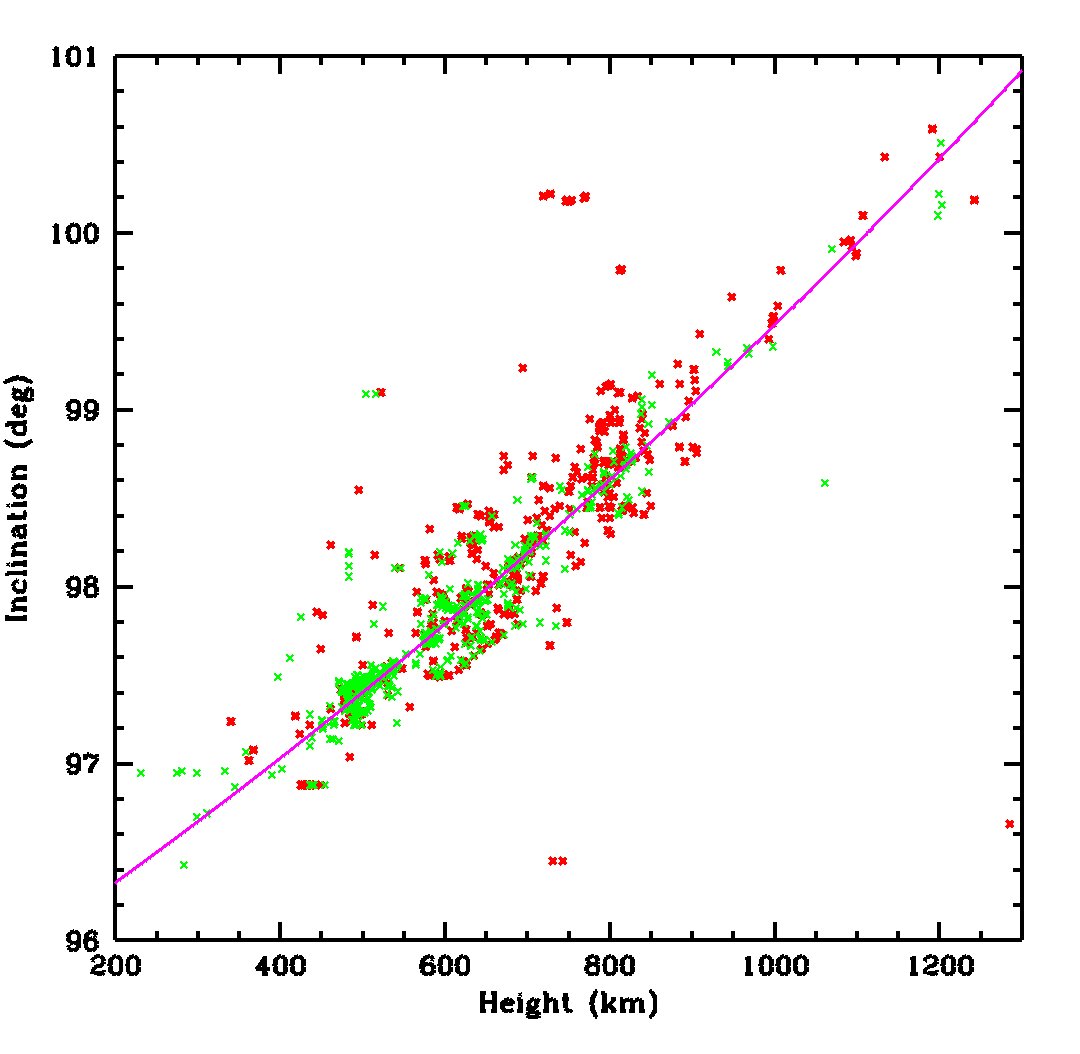
Chang'e-5 will launch aboard the Chang Zheng (Long March) 5 serial number Y5 from pad 101 at the Wenchang space centre on Hainan island. The CZ-5 rocket has 4 liquid side boosters, core stage, and upper stage. The upper stage will go to parking orbit and then translunar insertion
The CE-5 will separate from the CZ-5 second stage on its translunar trajectory, and coast on to lunar orbit insertion in a few days.
After some time in lunar orbit, the lander will separate from the service module and touch down. The lander ascent stage will then take off with its sample and dock with the service module in lunar orbit, transferring its samples.
The service module has a return capsule attached to it, and the samples will go inside that. The service module leaves lunar orbit and heads back to Earth, the return capsule separating just before reentry. It is expected to land in Inner Mongolia province.
• • •
Missing some Tweet in this thread? You can try to
force a refresh









